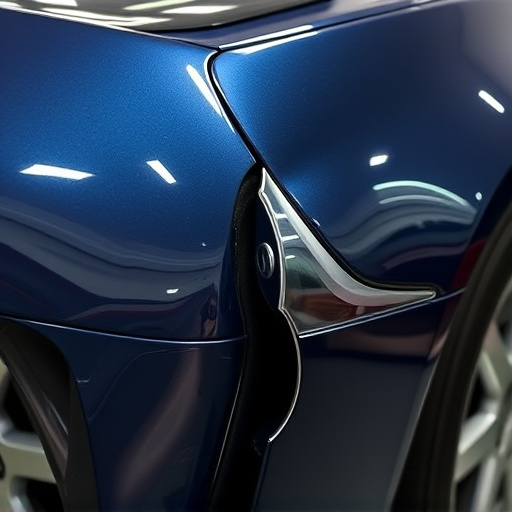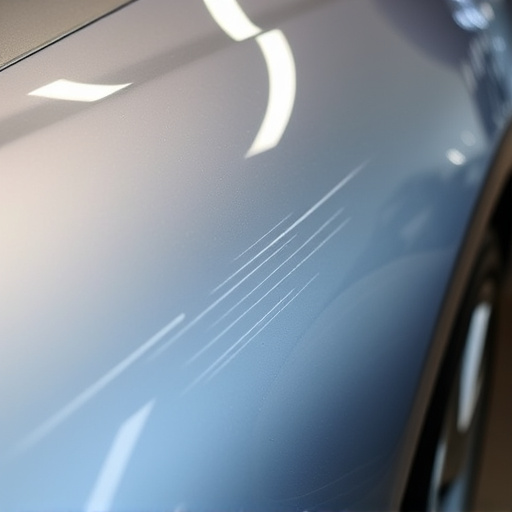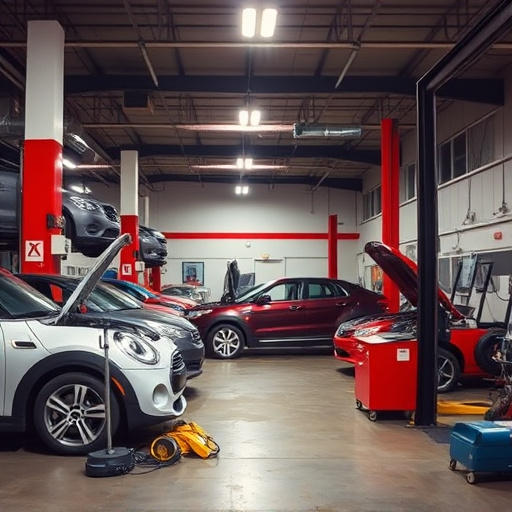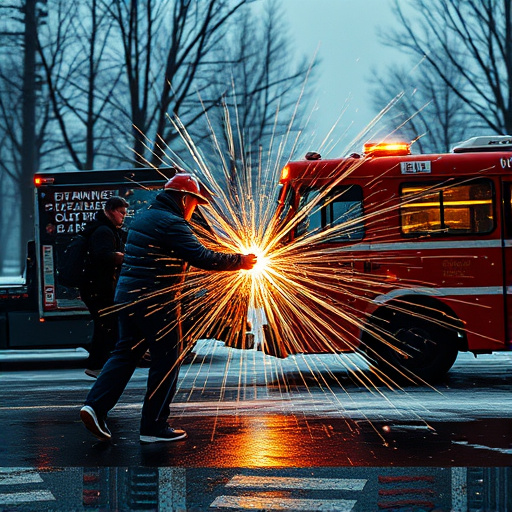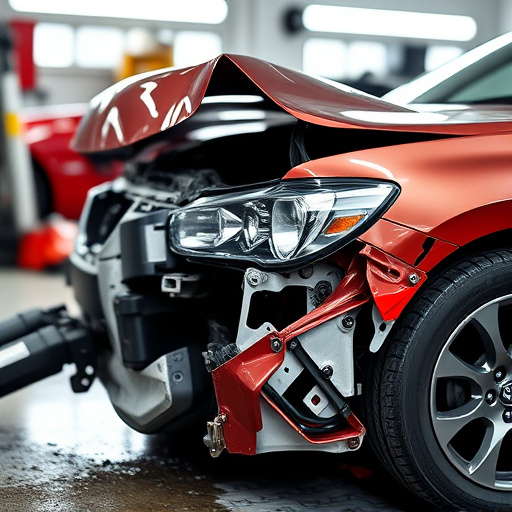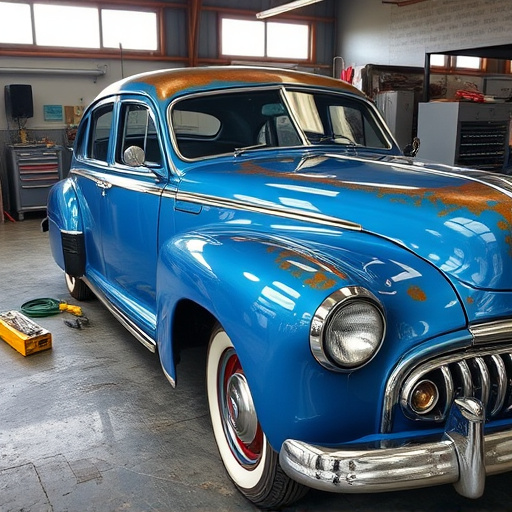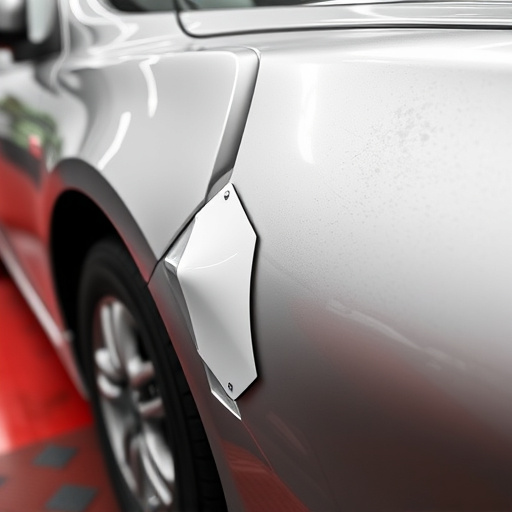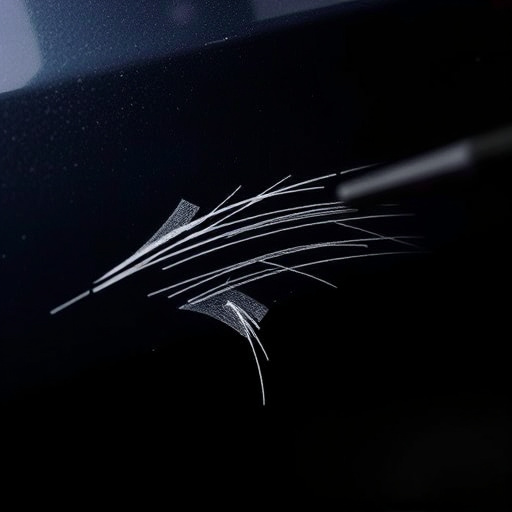Post-collision, a comprehensive brake system inspection is vital to uncover potential damage (e.g., worn pads, warped rotors) beyond visible repairs. Regular checks by auto collision center experts prevent further issues, ensure braking efficiency, and maintain road safety.
After a car collision, it’s crucial to undergo a thorough brake system inspection. This is because accidents can cause significant damage, leading to common wear and tear issues that may go unnoticed. In this article, we’ll explore post-collision evaluation of the brake system, identifying potential risks of brake failure, and understanding the common problems that often arise. A meticulous checkup is essential to ensure your safety on the road, so be sure to address any concerns with a professional mechanic.
- Post-Collision: Evaluating Brake System Integrity
- Common Wear and Tear After Car Crashes
- Identifying Potential Brake Failure Risks
Post-Collision: Evaluating Brake System Integrity
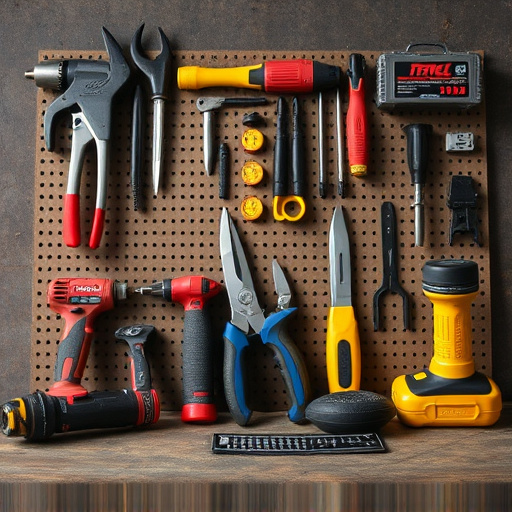
After a car collision, evaluating the brake system integrity is crucial. The impact from a crash can cause significant damage to various components within the brake system, potentially leading to reduced braking efficiency or even complete failure. A thorough inspection should include checking for worn or damaged brake pads, rotors, calipers, and fluid levels. Leaks or air bubbles in the hydraulic lines are also indicators of potential problems that require immediate attention.
During a post-collision assessment, it’s essential to consider not just surface-level repairs but also deep structural integrity. While auto body repairs and car dent repair might be visually apparent, ensuring the brake system is functioning optimally is vital for safety. An automotive restoration expert can perform a comprehensive brake system inspection to identify subtle issues that could have been overlooked during initial checks. This step is critical in mitigating potential hazards on the road post-accident.
Common Wear and Tear After Car Crashes
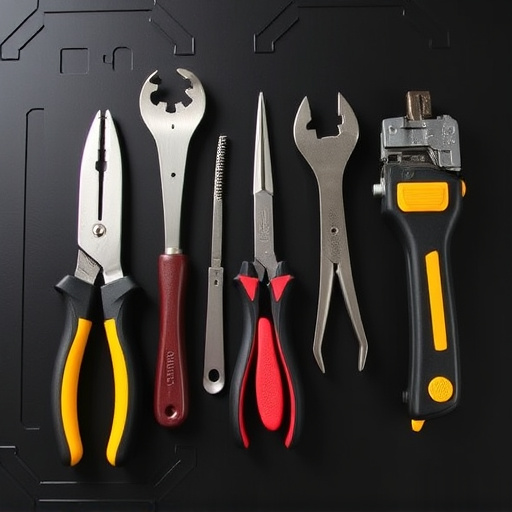
After a car collision, it’s common for various components of the vehicle to experience wear and tear. The brake system is no exception. During a collision, even if the brakes weren’t actively engaged during the impact, the sudden stop and subsequent jostling can put significant stress on the braking components. This may result in issues such as warped rotors, damaged calipers, or worn pads. Regular inspection of the brake system post-collision is crucial to ensure safety and prevent further damage.
A comprehensive vehicle body repair process should include a thorough checkup of the entire brake system. Even minor collisions can cause hidden damage that could compromise the effectiveness of the brakes. Professional fleet repair services often have the expertise and equipment to identify these subtle issues, ensuring that the vehicle is safe for operation on the road. In contrast to superficial repairs like car scratch repair, addressing brake problems requires meticulous attention to detail to guarantee the safety of both drivers and passengers.
Identifying Potential Brake Failure Risks
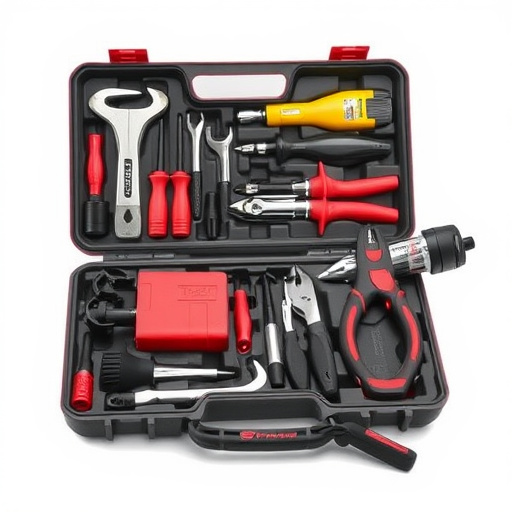
After a car collision, it’s crucial to undergo a thorough brake system inspection. This is because accidents can cause significant damage to various components within your vehicle, including those related to your braking system. During the initial assessment, auto collision center experts will look for signs of wear and tear, fluid leaks, or any structural integrity issues that might compromise the effectiveness of your brakes.
Regular maintenance and timely repairs are essential in mitigating potential brake failure risks. A vehicle body shop’s experienced technicians can identify subtle problems like warped rotors, damaged calipers, or contaminated brake fluid that could lead to reduced braking performance or even complete brake failure. Staying proactive by scheduling regular brake inspections and promptly addressing any issues discovered can ensure your safety on the road and help prevent accidents from happening again.
After a car collision, a thorough brake system inspection is crucial for ensuring safety on the road. Common wear and tear issues can arise from such incidents, highlighting the need for identifying potential brake failure risks promptly. By understanding these common brake problems, drivers can take proactive measures to maintain their vehicle’s integrity and prevent future accidents. Regular checks and addressing these issues are essential in optimizing your brake system’s performance post-collision.
